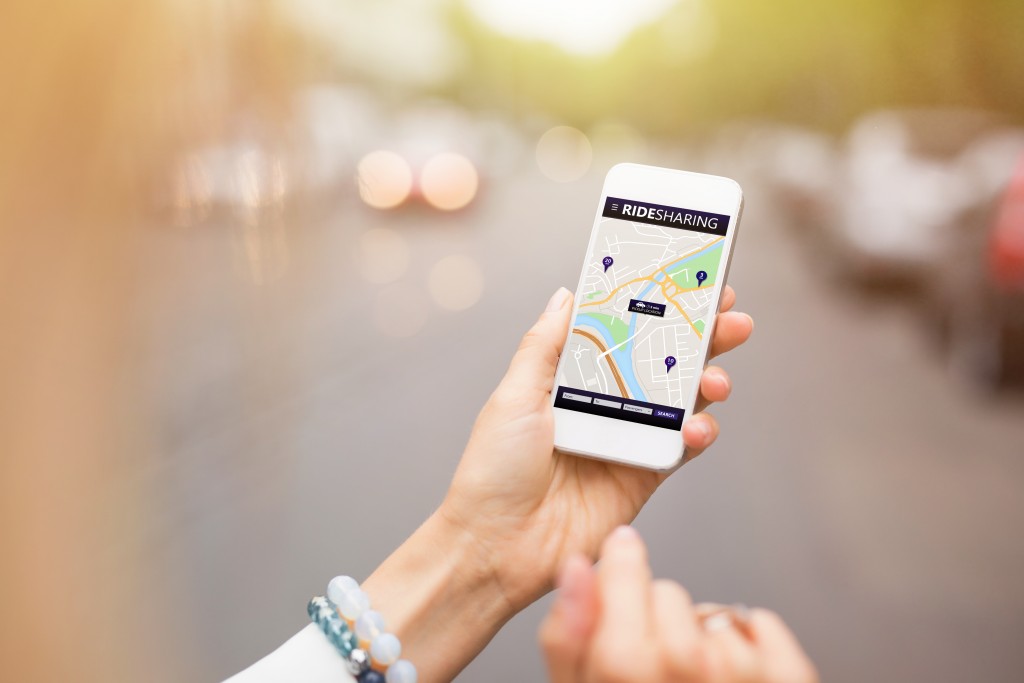In 2010, Uber launched their ride-sharing app, which was quickly patronized by many individuals who usually take taxis. As a result, Uber exponentially grew, accumulating nearly 4 million drivers and 75 million passengers as of 2019.
If you also frequently take an Uber, you may state safety as one of the main reasons you choose it over a regular taxi. But Uber’s first-ever safety report has shown some real concerning data.
It was seen that Uber-related crashes were at 49 in 2017 and jumped to 58 the following year. The numbers included accidents that took place after a ride ended, such as when a passenger got hit after exiting the vehicle, and collisions where Uber drivers weren’t at fault.
This can be intimidating for habitual Uber riders. Thankfully, passengers can hold the company accountable for accidents that have caused the injuries. They only need to file a complaint to a skilled Uber accident lawyer, who will give them assistance in claiming compensation for hospital bills and other damages.
That said, let’s assess whether the ride-sharing app is truly safer than regular taxis.
The Difference in Drivers
According to Uber’s website, their “driver-partners” undergo a multi-step process, which includes having their criminal and driving histories assessed. Applicants are required to submit a number of documents including their driver’s license and car registration numbers, which are all examined by three private background-check companies.
Unlike taxi drivers that are required by some cities to be drug-tested and fingerprinted, however, the drug-testing requirements for Uber drivers are more ambiguous, and fingerprinting isn’t required. This makes regular taxis appear safer than Uber in those stricter cities.
Uber Cars and Security
Uber’s fleet should be post-2005 models, which can be deemed safer than some older cabs. However, Uber cars aren’t examined beyond the once-a-year inspection, while taxis are usually subject to regular preventive maintenance beyond their yearly registrations.
With regards to security, we all know that Uber uses an app where their driver’s information is shown to the passenger. Some taxis also have security features installed in their vehicles like CCTV cameras, which Uber cars tend to not have because they’re privately-owned.
The advantage of Uber’s app is making cashless transactions possible, lessening the likelihood of theft. In addition, the rating system for both drivers and passengers help either party avoid characters that seem untrustworthy. Regular taxis, on the other hand, falls short on this category.
Safety Risks

Besides Uber’s concerning fatal crash statistics, the number of sexual assaults that have taken place in their cars is also alarming. There were 3,045 incidents in 2018, challenging Uber’s commitment to providing a safe experience for their riders.
Fortunately, Uber is taking steps to improve their safety. Since 2018, they have deactivated 40,000 drivers who failed the automated background checks they developed. Despite their efforts, though, Uber’s finances and reputation still suffered considerable damage.
Staying Safe
Since it’s impossible to predict whether your Uber or taxi ride will be 100% safe, the best thing passengers can do is to practice caution.
Before climbing inside an Uber vehicle, always check if the driver is the same person as the one shown on their Uber profile. Ask them for your name; it’s an effective way to confirm that they aren’t a fake driver.
Wait for your Uber or taxi in a well-lit and fairly crowded area. Don’t ride alone as much as possible, most especially when you’re drunk or in unfamiliar territory.
In a taxi, always look for the meter, radio, badge, and a door handle before entering. Retreat at once when you don’t see them.
There really is no telling whether an Uber is truly safer than a taxi. That said, a passenger’s vigilance, along with openly telling their drivers that they care about both their safety, is crucial in securing a harmless ride.

